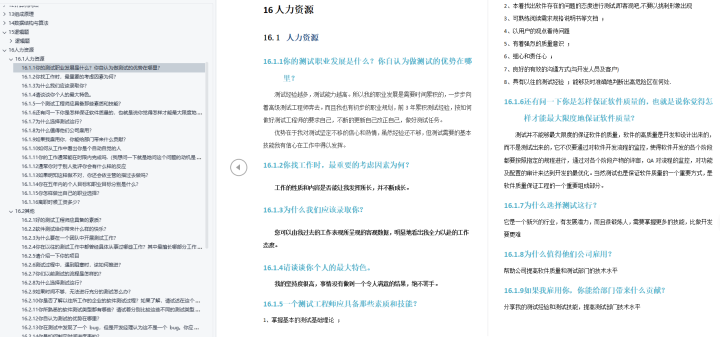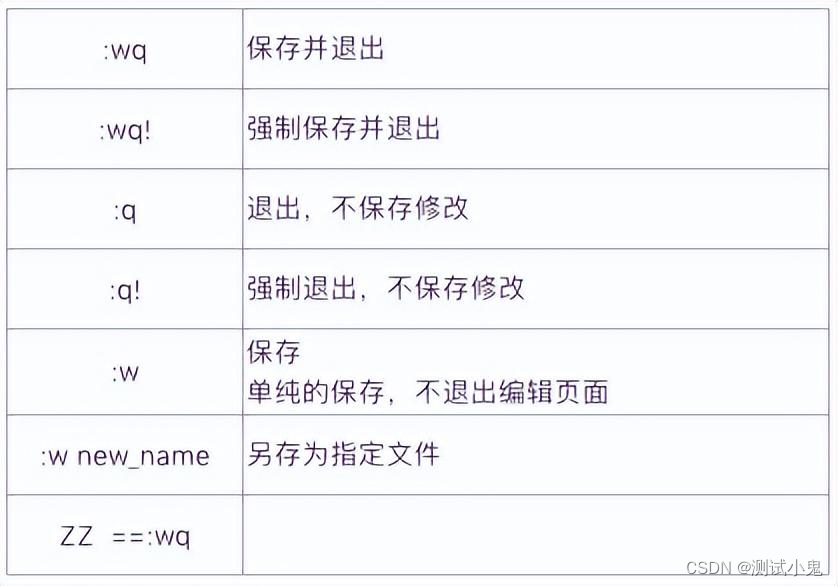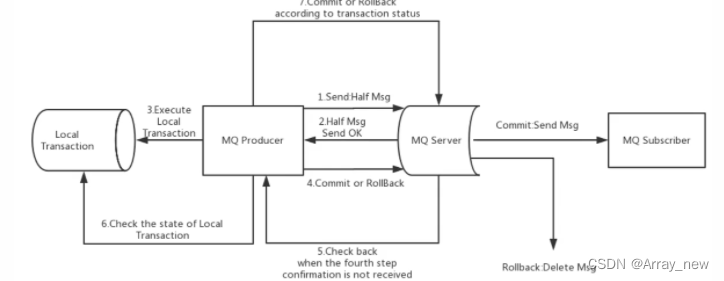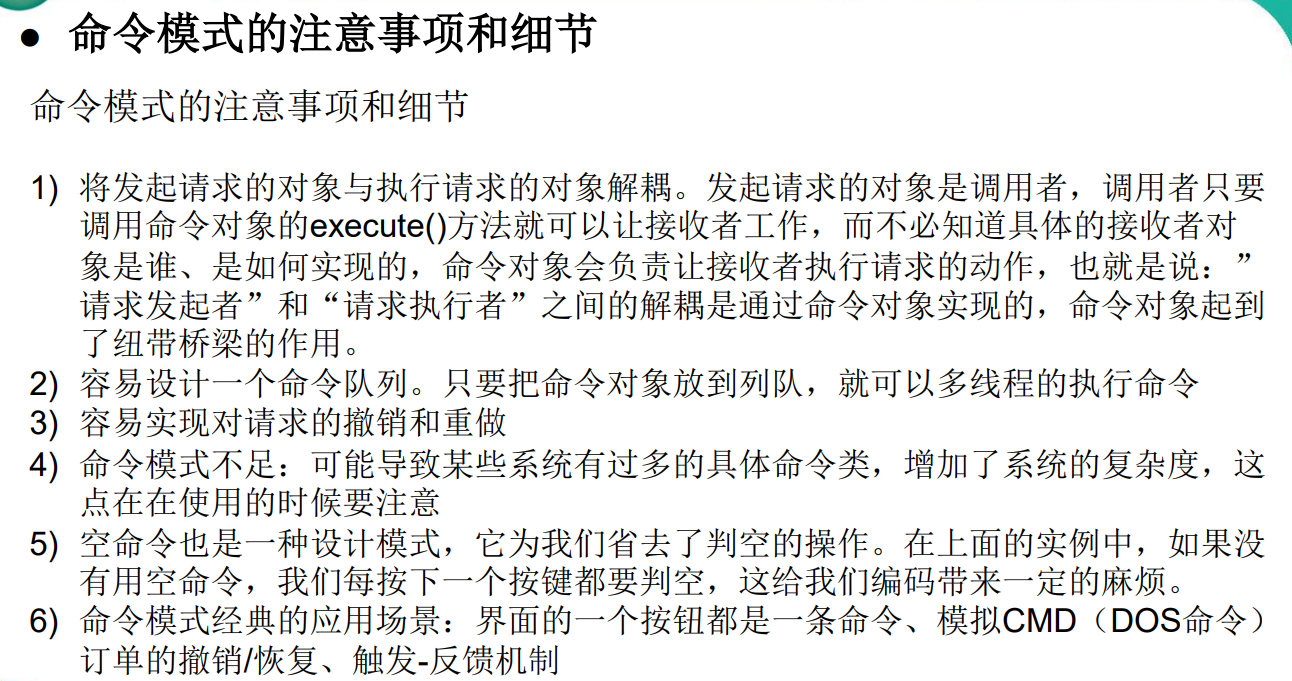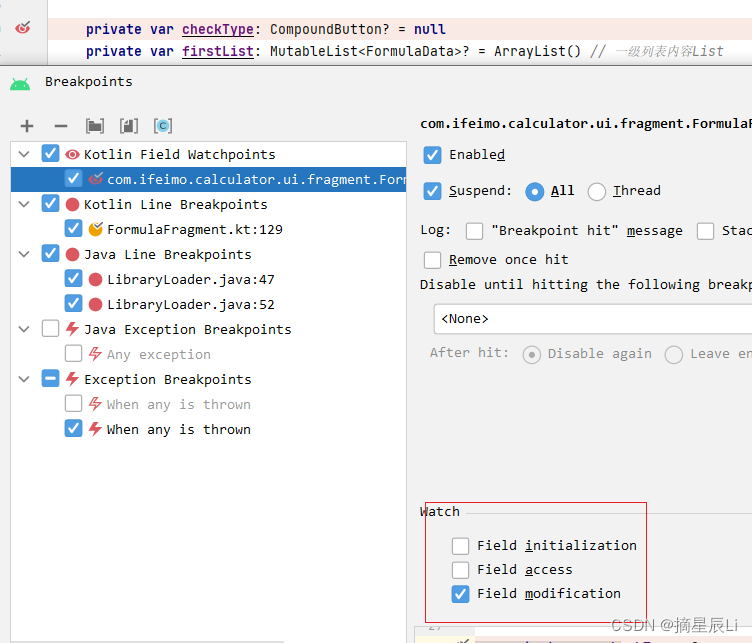❓739. 每日温度
难度:中等
给定一个整数数组 temperatures ,表示每天的温度,返回一个数组 answer ,其中 answer[i] 是指对于第 i 天,下一个更高温度出现在几天后。如果气温在这之后都不会升高,请在该位置用 0来 代替。
示例 1:
输入: temperatures = [73,74,75,71,69,72,76,73]
输出: [1,1,4,2,1,1,0,0]
示例 2:
输入: temperatures = [30,40,50,60]
输出: [1,1,1,0]
示例 3:
输入: temperatures = [30,60,90]
输出: [1,1,0]
提示:
- 1 < = t e m p e r a t u r e s . l e n g t h < = 1 0 5 1 <= temperatures.length <= 10^5 1<=temperatures.length<=105
- 30 <= temperatures[i] <= 100
💡思路:
法一:暴力
大多数人看到该题目的第一思路可能就是暴力求解,即对每个数都往后一个一个查找,直到找到比当前数大的为止;
我们可以再多想一步,能否利用前面的搜索信息,从而降低搜索量,这时我们就可以从后往前遍历该数组:
- 除了最后一个元素外,对每元素都先和紧接该元素之后的比较,如果后一个元素大于当前元素,我们就找到了下一个最高温度,结果保存为
1(这也是我们最希望处理的); - 如果紧接该元素
i之后的元素小于等于当前元素,那么我们就查找紧接该元素之后的元素的下一个更高温度(因为我们是从后往前遍历,所以后面的结果我们都已经得到。)直到找到比i更高温度,或者找到最后都没有,则结果为0。
法二:单调栈
观察发现,我们要找的结果,可以由数组的索引获得,如果这一天的温度比前一天的温度高,前一天的结果就等于这一天的数组索引减去前一天的数组索引,结果为1:
- 所以我们可以利用栈,保存数组索引,如果当前索引的温度,高于栈顶索引对应的温度,则栈顶索引处的结果
ans[indexs.top()]就等于当前索引curIndex减去 栈顶索引值indexs.top(),然后出栈,再和栈顶比较,直到不高于栈顶索引对应的温度; - 如果不高于栈顶索引对应的温度,则当前索引
curIndex入栈;
🍁代码:(Java、C++)
法一:暴力
Java
class Solution {
public int[] dailyTemperatures(int[] temperatures) {
int n = temperatures.length;
int[] ans = new int[n];
ans[n - 1] = 0;
for (int i = n - 2; i >= 0; i--) {
if (temperatures[i] < temperatures[i + 1]) {
ans[i] = 1;
}
else {
int j = i + 1;
ans[i] = 1 + ans[j];
j += ans[j];
while (j < n) {
if (temperatures[i] < temperatures[j]) {
break;
}else if (temperatures[i] >= temperatures[j] && ans[j] != 0) {
ans[i] += ans[j];
j += ans[j];
}
else{
ans[i] = 0;
break;
}
}
}
}
return ans;
}
}
C++
class Solution {
public:
vector<int> dailyTemperatures(vector<int>& temperatures) {
int n = temperatures.size();
vector<int> ans(n);
ans[n - 1] = 0;
for (int i = n - 2; i >= 0; i--) {
if (temperatures[i] < temperatures[i + 1]) {
ans[i] = 1;
}
else {
int j = i + 1;
ans[i] = 1 + ans[j];
j += ans[j];
while (j < n) {
if (temperatures[i] < temperatures[j]) {
break;
}else if (temperatures[i] >= temperatures[j] && ans[j] != 0) {
ans[i] += ans[j];
j += ans[j];
}
else{
ans[i] = 0;
break;
}
}
}
}
return ans;
}
};
法二:单调栈
Java
class Solution {
public int[] dailyTemperatures(int[] temperatures) {
int n = temperatures.length;
int[] dist = new int[n];
Stack<Integer> indexs = new Stack<>();
for (int curIndex = 0; curIndex < n; curIndex++) {
while (!indexs.isEmpty() && temperatures[curIndex] > temperatures[indexs.peek()]) {
int preIndex = indexs.pop();
dist[preIndex] = curIndex - preIndex;
}
indexs.add(curIndex);
}
return dist;
}
}
C++
class Solution {
public:
vector<int> dailyTemperatures(vector<int>& temperatures) {
int n = temperatures.size();
vector<int> ans(n);
stack<int> indexs;
for (int curIndex = 0; curIndex < n; curIndex++) {
while (!indexs.empty() && temperatures[curIndex] > temperatures[indexs.top()]) {
ans[indexs.top()] = curIndex - indexs.top();
indexs.pop();
}
indexs.push(curIndex);
}
return ans;
}
};
🚀 运行结果:

🕔 复杂度分析:
- 时间复杂度:
O
(
n
)
O(n)
O(n),其中
n是温度列表的长度。正向遍历温度列表一遍,对于温度列表中的每个下标,最多有一次进栈和出栈的操作。暴力法小于 O ( n 2 ) O(n^2) O(n2)。 - 空间复杂度:
O
(
n
)
O(n)
O(n),其中
n是温度列表的长度。需要维护一个单调栈存储温度列表中的下标。
题目来源:力扣。
放弃一件事很容易,每天能坚持一件事一定很酷,一起每日一题吧!
关注我 leetCode专栏,每日更新!
